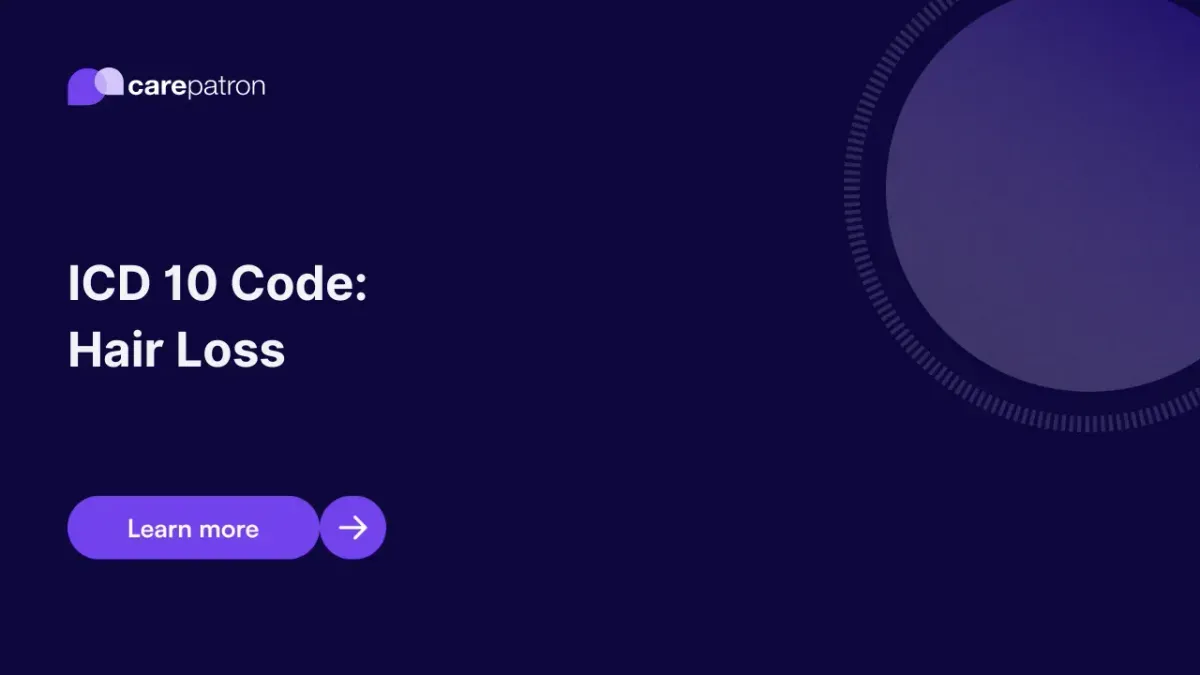
Hair Loss ICD-10-CM Codes
Learn more about the different hair loss ICD codes. This information will allow you to improve your coding processes and ensure accurate billing.
Use Code
Commonly asked questions
Yes, but it’s best to refrain from using those codes. Consider using valid codes, the ones that have more specificity. These are billable, and many can be used as principal diagnoses.
Healthcare professionals can perform pull tests (pulling the hair and seeing how much comes off), blood tests, light microscopies, and scalp biopsies.
Treatment will depend on the findings and if it is possible to regrow the hair. Some healthcare professionals will prescribe certain medications like minoxidil and finasteride. Some might recommend laser therapy or hair transplant surgery.
EHR and practice management software
Get started for free
*No credit card required
Free
$0/usd
Unlimited clients
Telehealth
1GB of storage
Client portal text
Automated billing and online payments
